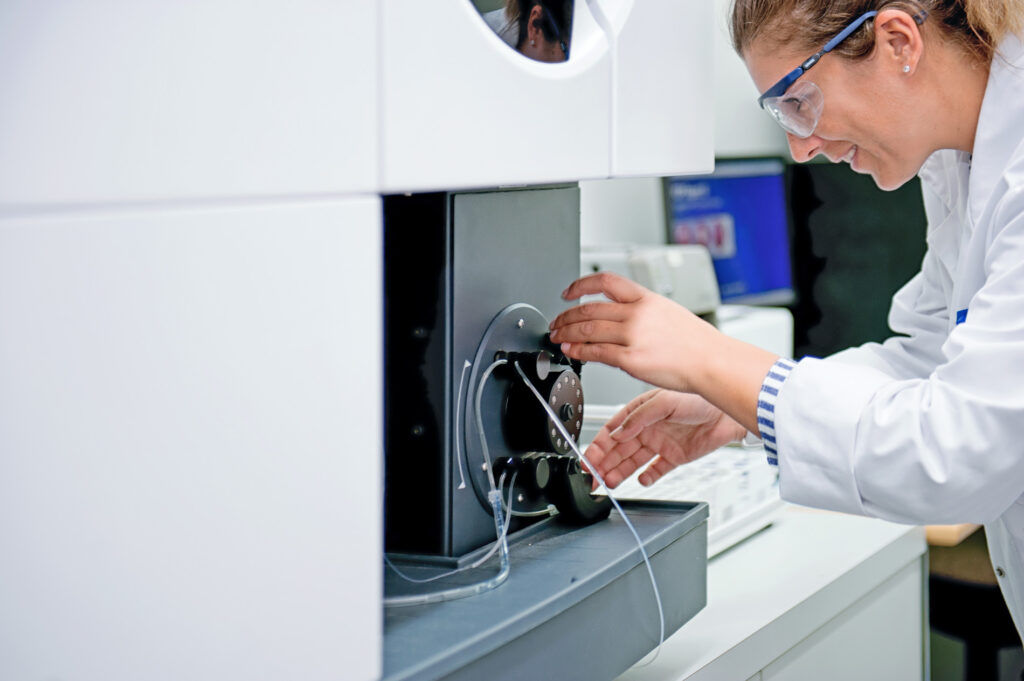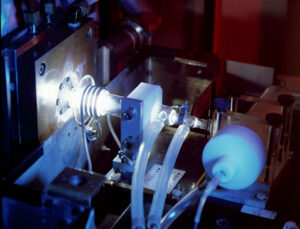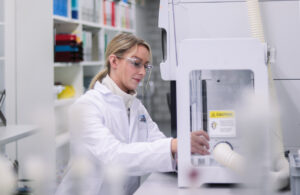Elemental analysis laboratory – Suisse TP
Our experienced experts have excellent skills in all areas of elemental analysis. In addition to ICP elemental analysis, this also includes the associated digestion techniques (e.g. microwave pressure digestion) as well as the development / validation / transfer of the corresponding analytical methods.
We offer the following services in the field of elemental analysis
- Method development
- Product-specific method validation
- Method transfer of validated methods
- Consultancy on elemental analysis and digestion techniques
- Content and purity testing according to pharmacopoeia methods (Ph.Eur., USP)
- Semi-quantitative overview analyses / screenings of trace impurities for risk analysis
- Quantitative content and impurity analyses according to your own methods
- Limit tests for elemental impurities
Quality is our standard
The quality of our laboratory is regularly audited and confirmed by both authorities (Swissmedic, Swiss Accreditation Service SAS, FDA) and our customers. We therefore offer our services in accordance with the following quality standards: cGMP, FDA, ISO/IEC 17025, handling of controlled substances, ISO 9001.

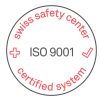

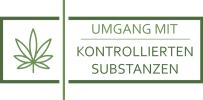
![AdobeStock_435228133-[Converted]](https://suisse-tp.ch/wp-content/uploads/elementor/thumbs/AdobeStock_435228133-Converted-e1676022886856-r5rh7v7sp83z3sp7w2heyevppymg1hwyiuztcogdfk.png)
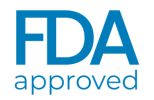
What is an element analysis?
In elemental analysis, a material sample is examined for its elemental composition. Elemental analysis can be semi-quantitative (screening, especially for (trace) impurities) or quantitative (determining the percentage of each element). Elemental analysis falls within the field of analytical chemistry. Analytical instruments such as ICP-MS, ICP-OES, Flammen-AAS, XRF are utilized.
SEMI-QUANTITATIVE analysis
In the semi-quantitative screen analysis, a standard of about 60 elements is analyzed in a combination of ICP-MS and ICP-OES (inductively coupled plasma spectrometry). However, not only the presence of elements is determined, but also their percentage composition. This analysis is often used to create a (trace) impurity profile. The analysis data provides a valuable basis for risk analysis, in particular when determining element impurities in pharmaceutical samples (ICH Q3D).
If elements are measured close to their limit, they can be determined much more precisely with a quantitative analysis.
Quantitative Analyse
As with semi-quantitative analysis, quantitative elemental analysis not only determines which elements are present in a given sample, but also determines their percentage composition. However, in contrast to this, quantitative analysis is optimized for certain elements. To do this, the best possible matrix adjustments of the calibration solution are made and the measurement conditions are optimized.
The quantitative methods offered by Suisse TP to its customers include ICP analysis (ICP-MS / ICP-OES, radial and axial), Flammen-AAS, Kaltdampf-AAS (mercury (Hg) analysis), Funken-OES, RFA, C/S-Analysator, Titration and Photometrie.
ICP-MS vs. ICP-OES
Our customers are often faced with the question of whether a sample should be analyzed using ICP-MS or ICP-OES.
This depends on a number of factors and cannot be answered in general terms. These include, for example, which elements are involved, which concentration is expected and the matrix (i.e. the type of sample; is it an organic sample, salt, water, metal, etc.).
Our experienced experts will be happy to advise you and work with you to find the right method for your samples.
information methods
Before most of the analytical methods mentioned above can be used, solid samples must be present in dissolved form (usually in aqueous solution). Matrix-destroying methods reduce matrix-related interferences during measurement.
Depending on the sample matrix and the elements to be determined, we use a variety of digestion methods.
- Dissolving in water and acid
- Open digestion (incineration, melting digestion, smoking, etc.)
- Closed microwave pressure digestion (digestion at high temperature and high pressure)
- Extraction
Methods that might also interest you
An overview of further methods in the field of chemical analysis can be found in the “Chemie Pharma“section.
These also include the following spectrometric methods:

